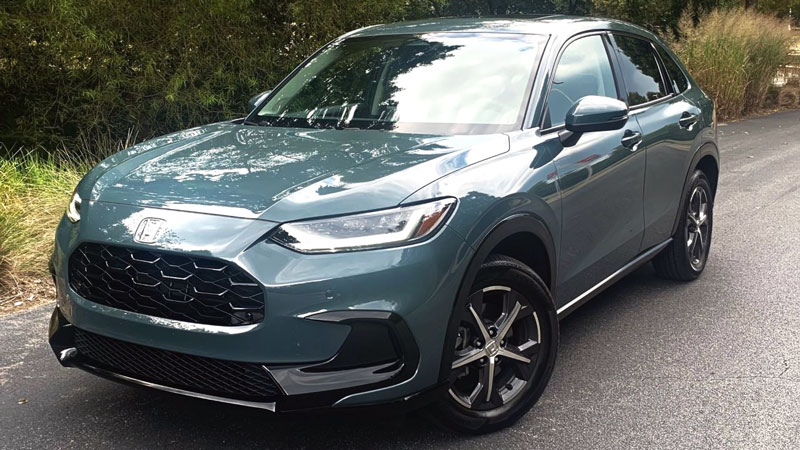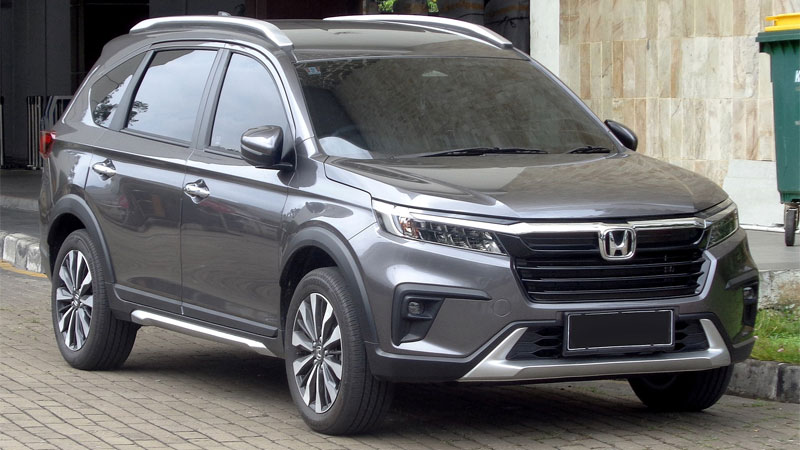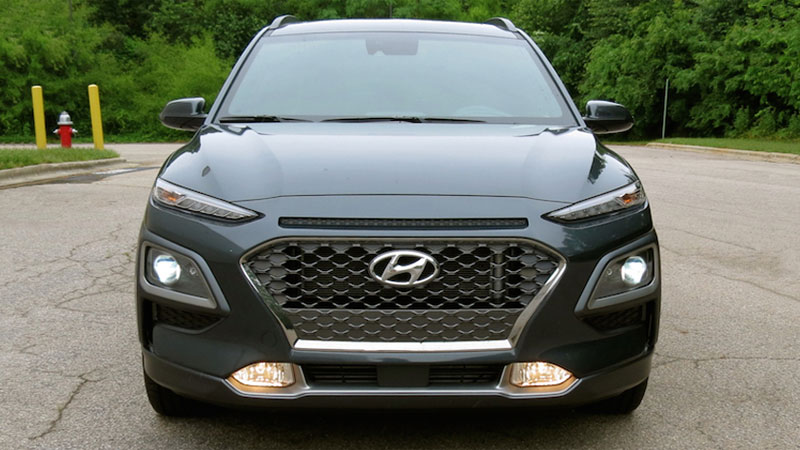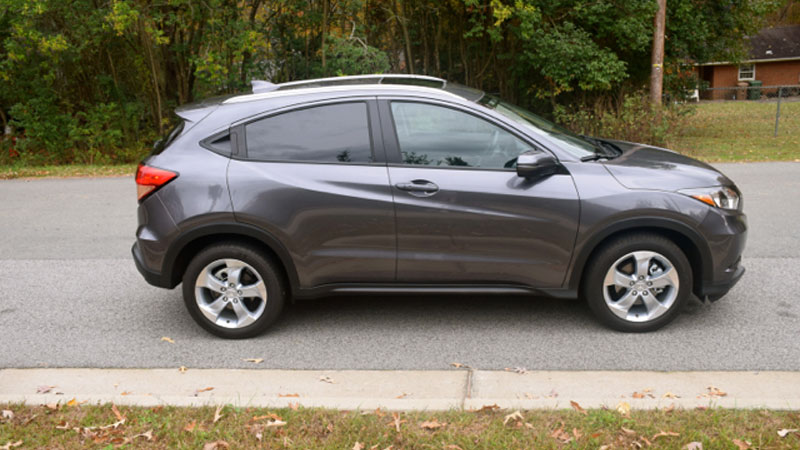2023 Honda HR-V (Better Than the Previous Generation?)
Honda took the dilemma of a canceled vehicle platform and turned it into an opportunity. With the Honda Fit hatchback no longer around, the platform that also supported the Honda HR-V SUV went away. Instead of creating an all-new platform for just the HR-V, Honda tapped the compact CR-V’s architecture … Read more




